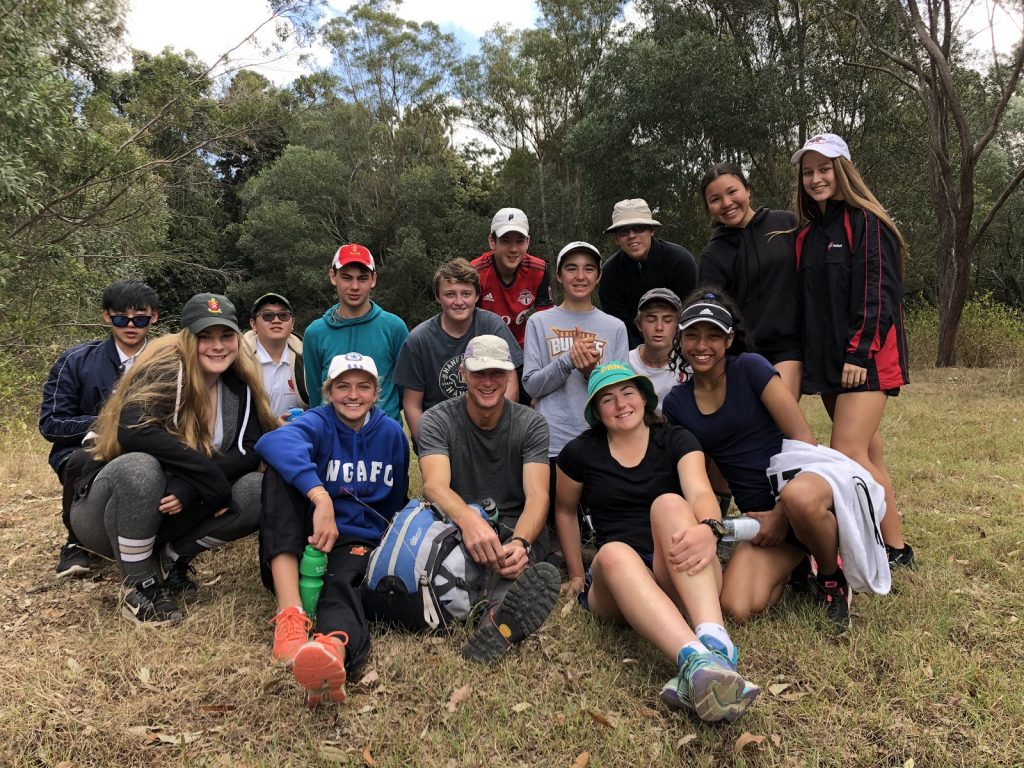
Mysterious workings of the adolescent brain
Last week, along with Dr Browning, Rev. Mark Leam and the five House Leaders, I went out to the Year 10 camp to participate in their “Rite of Passage”. You can read more about this camp in Mr Howes’ report, elsewhere in this Newsletter.
In preparation for speaking to the Year 10s, I spent some time reflecting on adolescence, and I shared with them a quote I had read, which describes adolescence as “that swampy zone between safety and power…”. While no two journeys through adolescence will be exactly the same, I think many of us can identify with the sense of angst that this quote suggests.
I was also amused as I did my background reading, to find that the challenges of adolescence are nothing new. Consider this passage from “A Winter’s Tale” by William Shakespeare – “I would there were no age between sixteen and three-and-twenty, or that youth would sleep out the rest; for there is nothing in the between but getting wenches with child, wronging the ancientry, stealing, fighting”
Adolescence is defined as beginning with the (sometimes quite abrupt) physical changes that we associate with puberty and may continue through until the young person is in their twenties. In addition to the obvious physical changes that we can see and measure, there are also very significant changes occurring in the brain, which modern neuroscience is helping us to understand. We understand, for example, that development of the prefrontal cortex (site of logic and reason, used in decision-making and for moderating social behaviour) happens much later than changes in their limbic system—the area of the brain that controls emotions. Doctors now believe that this mismatch in development of the impulse-control part of the brain and the hormone- and emotion-fuelled part of the brain is what causes the risk-taking behaviours that are so common among teenagers.[1]
Psychologist Andrew Fuller has given us the following metaphor – “The teenager’s brain is really like a juiced-up sports car that’s basically got all the good looks, it’s got great acceleration, but unfortunately it’s got very, very poor brakes. . . So that means that an idea comes into your head and you think, “Hey, good idea, let’s go for that,” and the frontal lobes aren’t there to say, “Hang on, maybe we should think twice about this.”
Regrettably, we understand that the changes in the adolescent brain also make it especially vulnerable to various mental illnesses, including anxiety, mood and eating disorders, depression and schizophrenia. According to Prof. Frances Jensen, adolescents are also more prone to addiction – “Teens can learn things harder, stronger, faster, and they can get addicted harder, stronger, faster”
So what can we do to care for our teens, as they undertake this sometimes-perilous journey through adolescence? Lots of things, I would suggest. We are currently working on a Student Wellbeing Framework for St Paul’s, and under the heading of Mental Health / Psychological Wellbeing, I currently have the following topics –
- Understanding the adolescent brain – an introduction to neuroscience, to help teens understand themselves better.
- Dealing with Stress, Anxiety & Depression
- Building Resilience
- Dealing with Change, Grief & Loss
- Cyber-safety (including all kinds of on-line hazards)
- Understanding Individual difference (abilities & disabilities) – accepting self and others
- Bullying
- Positive body image (& eating disorders)
- Talking about self-harm and suicide
- Healthy relationships (family, friends and significant others)
I’d be very interested to hear from any parents (or students), who can suggest other important topics that aren’t currently on the list.
If you are interested in finding out more about the mysterious workings of the adolescent brain, I can recommend the following TED talk:
Mr Nigel Grant
Executive Director of Faith & Community
